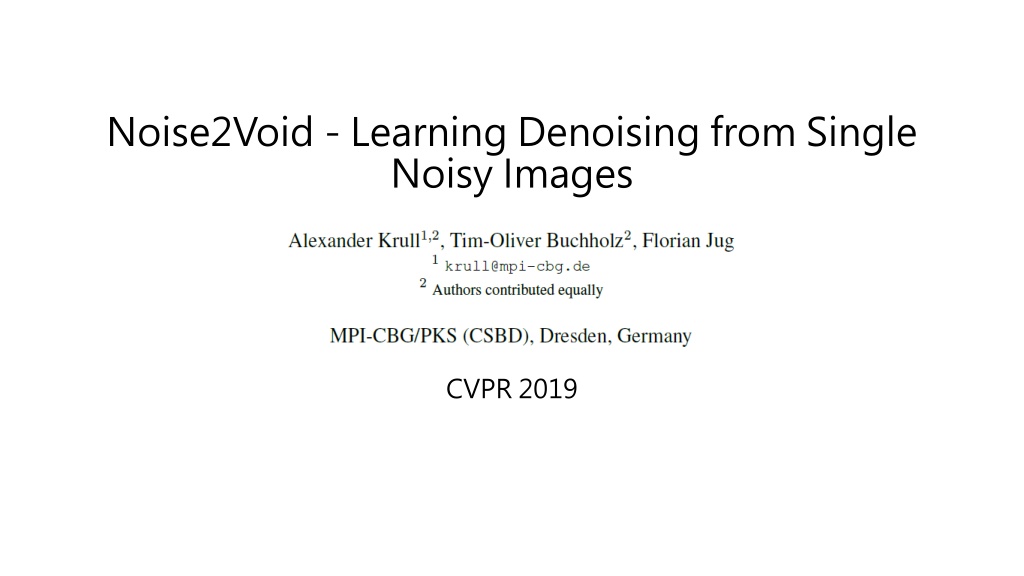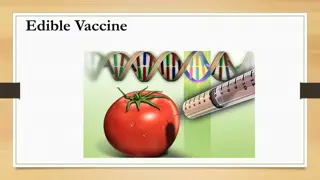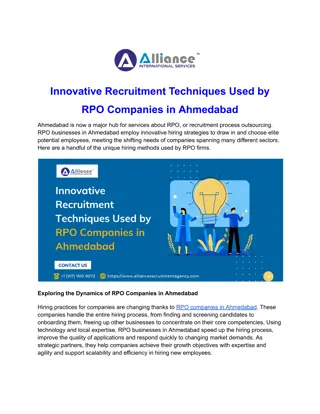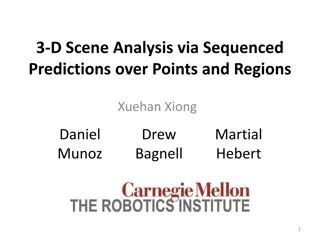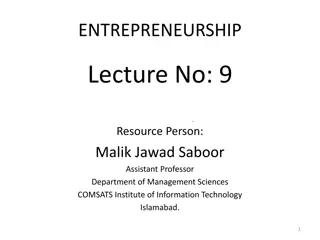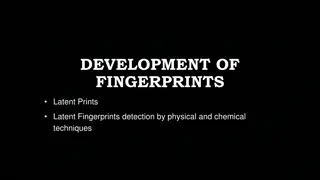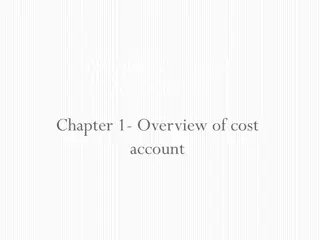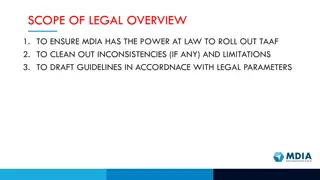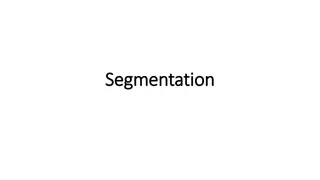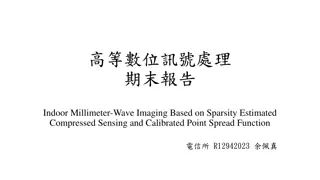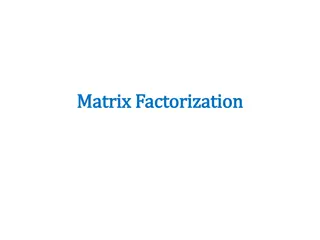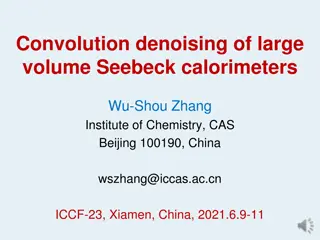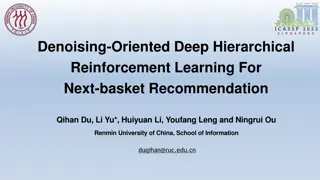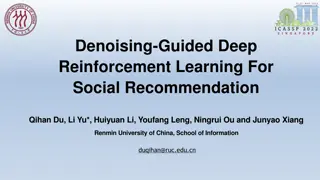Innovative Denoising Techniques and Limitations
Examination of Noise2Void, Noise2Noise, and Traditional Denoising Models in image processing, highlighting their unique approaches and challenges. Implementations details, experiments, limitations, and comments are discussed, showcasing the potential and shortcomings of these techniques in denoising tasks.
Download Presentation

Please find below an Image/Link to download the presentation.
The content on the website is provided AS IS for your information and personal use only. It may not be sold, licensed, or shared on other websites without obtaining consent from the author.If you encounter any issues during the download, it is possible that the publisher has removed the file from their server.
You are allowed to download the files provided on this website for personal or commercial use, subject to the condition that they are used lawfully. All files are the property of their respective owners.
The content on the website is provided AS IS for your information and personal use only. It may not be sold, licensed, or shared on other websites without obtaining consent from the author.
E N D
Presentation Transcript
Noise2Void - Learning Denoising from Single Noisy Images CVPR 2019
Traditional denoising model Noisy images Denoised images Clean images Denoiser loss By the property of L2 loss, minimizing MSE loss will make be the average of clean images y conditional on x, which results in blurriness problem
Noise2Noise Noisy images Denoised images New noisy images Denoiser loss However, this property of L2 loss also ensures that, adding some zero-mean noise to clean images will not change the optimization goal Therefore we can train the network to transfer noise to noise, while achieving the same result as noise2clean Note that two group noisy images must have the same content and independent noise what if we don t have these new independent noisy images?
Noise2Void If we don t have new noisy images, we can only set the input image as training target. But the network will learn the identity function by simply picking the center pixel from its receptive field Now we remove the center pixel from the receptive field Assuming noises in different pixels are independent, then the input-output- independence is satisfied again!
Implementation Details a) b) The noisy image The receptive field of a pixel. During N2V training, a randomly selected pixel is chosen (blue rectangle) and its intensity copied over to create a blind-spot The modified patch is used as input and unmodified pixel value is used as target In practice, we crop patches larger than the receptive field and randomly select several blind-spot to modify and calculate the loss. c)
Comments Pros interesting and novel idea can be used when clean images are unavailable Cons too strong assumptions cannot evaluate performance
